How Media Covered Mindhunter's Actual Serial Killers
Netflix's Mindhunter is loosely based on the non-fiction book Mindhunter by John Douglas and Mark Olshaker, former FBI agents who coined many of the terms we use to describe serious criminals today. Douglas and Olshaker invented criminal profiling, especially with serial killers, as part of a large trend. They analyzed the behaviors and private lives of American history's worst offenders, from Jeffrey Dahmer to Ted Bundy.
If David Fincher's Mindhunter feels a bit like Silence of the Lambs, that's because Douglas was the real-life inspiration for fictional FBI Special Agent Jack Crawford, the protagonist in Thomas Harris's Hannibal Lecter novels. In fact, many of the characters in Mindhunter are based on real people, including the murderers that Holden Ford (Jonathan Groff), the character based on Douglas, and his partner Bill Tench (Holt McCallany) interview and discuss. Below is a full explanation of who's real, who's imaginary, and how the local news described each string of killings.
Serial killers who appear in Mindhunter
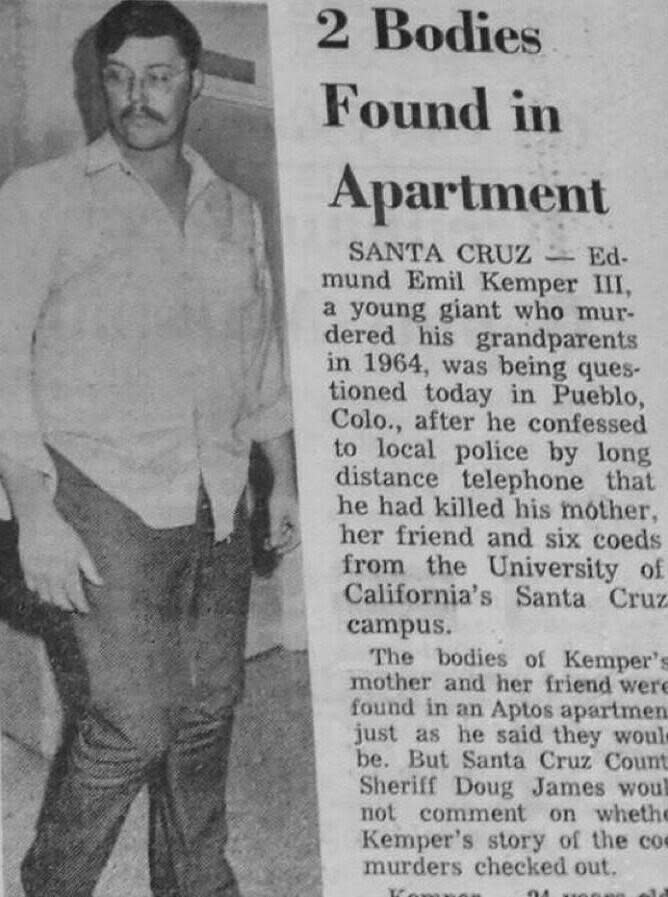
Edmund Kemper, aka the Co-Ed Killer
On Mindhunter, Ed Kemper (Cameron Britton) is Ford and Tench's first interview, and Ford is taken in by his genial way of explaining his murders. He describes his childhood to the detectives, and they center their investigation around Kemper's feelings of humiliation regarding his mother. A tense relationship with a man's mother turns out to be one of the common factors between serial killers, and Ford takes his connection with Kemper for granted. Kemper returns for the season finale, and the moment is truly terrifying.
In real life, Kemper was a California native who murdered his grandparents before kidnapping and murdering five college students, one high school student, his mother and his mother's best friend. He decapitated them after their deaths and engaged in irrumatio, or forced oral penetration, with their severed heads. He also engaged in explorative acts with the rest of these womens' bodies, arranging their hands in what the police later called a "macabre jigsaw puzzle." Kemper's most recent parole hearing was in 2017, and he waived his right to be considered, as he has done at every opportunity since 1985.
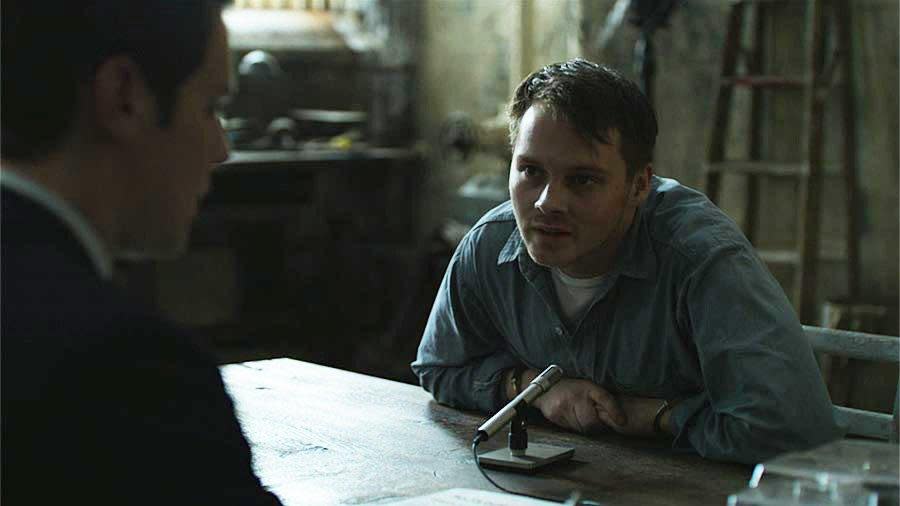
Monte Ralph Rissell
On Mindhunter, Rissell agrees to let Ford and Tench interview him, though he appears disgusted with the acts of other serial killers and doesn't want to be linked to them. He also blames his crimes on his mother, insisting that if she had only let him live with his father, he wouldn't have raped or murdered anyone. Rissell unknowingly helps Ford and Tench develop a profile of sexually violent serial killers when he admits that his first victim enraged him by giving in to his sexual advances. They note that for sociopaths like Rissell, an event like a woman expressing sexual interest could be misconstrued as a threat or a trigger.
In real life, Rissell is one of the lesser known serial killers mentioned in Douglas and Olshaker's book. He is most commonly remembered as an usually young rapist, beginning his string of crimes at only 14 years old. He managed to rape 12 women and murder five of them before he was arrested at age 19. In 1977, Rissell was sentenced to four consecutive life sentences and he was first up for parole in 1995. In the 1970s, Rissell's case was instrumental in giving both detectives and the media a shared language to use when describing serial offenders.
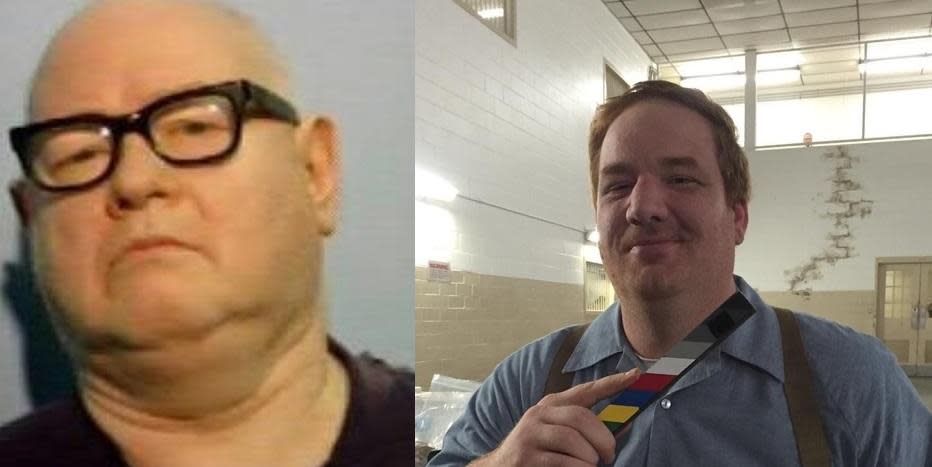
Jerry Brudos, aka the Shoe Fetish Slayer
On Mindhunter, the detectives develop their "shoe" strategy while working with Brudos, a technique that allows them to get a confession out of Darrel "Gene" Devier in a later episode. Brudos is less apologetic than their previous interviews, and he even masturbates in front of them when given a woman's shoe.
In real life, Brudos made headlines when he was arrested for kidnapping and murdering four young women while wearing women's clothing himself. The detectives in Mindhunter briefly debate whether Brudos's cross-dressing had anything to do with his sociopathy or criminal acts, but headlines at the time branded Brudos a "sicko" and called him "The Fetish Killer" without worrying much about what that implied about innocent foot fetishists. Mindhunter mentions briefly that Brudos suffered at the hands of his fellow prisoners, but it wasn't prison violence that killed him in the end. Brudos died in prison, of cancer, in 2006.
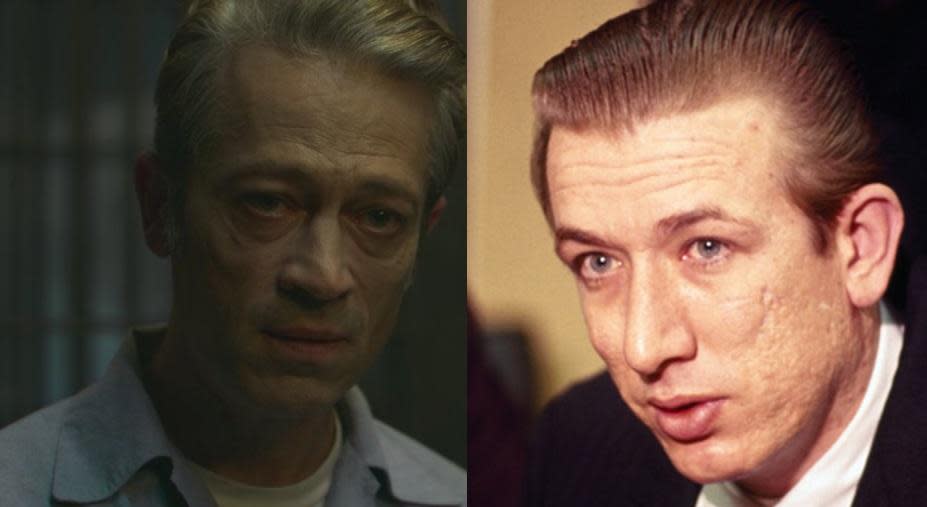
Richard Speck
On Mindhunter, Ford goes too far in interviewing Speck, trying to use inflammatory, sexist language to get the murderer to open up a bit. When Speck realizes he's being manipulated, he kills the bird he's been hand-feeding through the prison bars for weeks and files a complaint against Ford. He also shows nothing close to remorse for his crimes, and tells the detectives that he raped and murdered several young women because "it wasn't their night."
In real life, Speck may not have been what we now consider a "serial killer," because he didn't take a break between murders to come down from the high and rehone his craft. Though accounts of alleged prior murders would fit him squarely in the serial killer profile, Speck was arrested and convicted for a mass killing, which is technically a different sort of crime. In 1966, he beat and totured eight female medical students living on the South side of Chicago, murdering all but one. Corazon Amurao, who had initially opened the apartment door to let Speck in, managed to escape and alert the police, which led to Speck's arrest. Speck really did have the "Born to Raise Hell" tattoo on his arm, which Corazan used to identify him. On Mindhunter, we notice that Ford is beginning to unravel when he breathlessly asks to see the tattoo, telling his partner Tench that it's famous.
In 1991, Speck died of a heart attack while in prison.
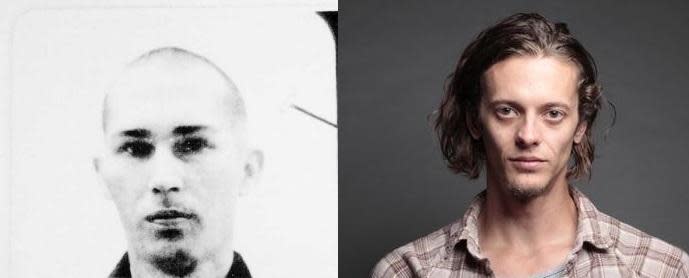
Darrel Gene Devier
On Mindhunter, Devier plays guinea pig to Ford and Tench's new interrogation tactics, which they developed while working with Brudos in prison. Ford again uses sexual language to describe Devier's victim, trying to get him to confess to killing a 12-year-old, which he eventually does.
In real life, Devier wasn't a serial killer, and was arrested in 1979 for kidnapping, raping and bludgeoning a 12-year-old girl to death with a large rock. When Devier was arrested, Georgia wasn't using the death penalty, but in 1983, the state voted to start up the practice again. As a result, Devier was executed by electrocution in 1995.
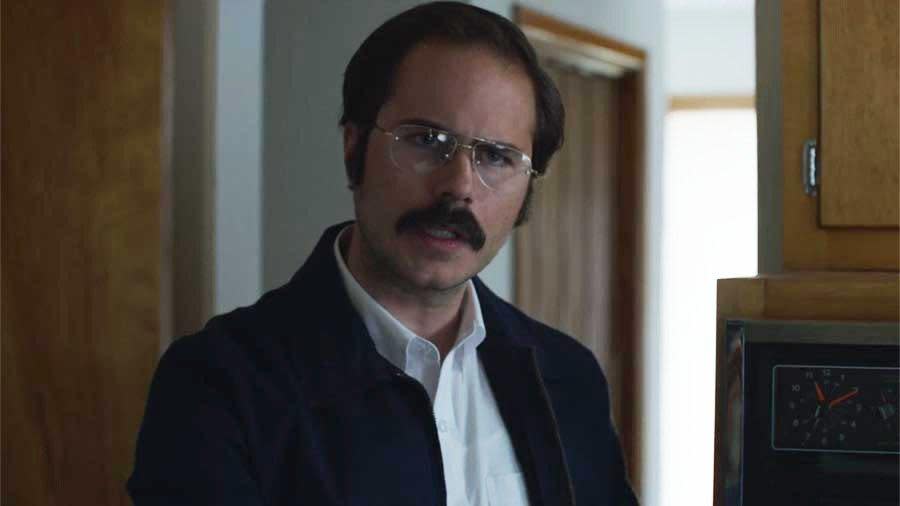
Dennis Raider, aka BTK
On Mindhunter, we meet Raider before he's begun the strange murders that would eventually make him one of the most infamous American serial killers in history. He appears, and is not named outright, in the cold open of every episode, learning how to tie knots, expressing deep rage alone in his apartment, and burning drawings of women who have been tied up. At the end of Mindhunter season 1, Ford and Tench have not yet heard of BTK.
In actuality, Raider was an Air Force veteran, a Cub Scout troop leader, and had his bachelor's degree in administration of justice, all before he began killing. Raider killed eight women and two men in Kansas, tying them up with plastic bags, rope, belts and nylon stockings. He was arrested after the real-life detectives Douglas and Olshaker developed their theories in criminal psychology, and is thus credited as being the first serial killer to actually bear that title. Raider wrote poems to his victims and dressed up in women's clothing to take self-timer photographs of himself posing as them. Raider is serving 10 consecutive life sentences in Kansas.
Serial killers mentioned but not pictured in Mindhunter
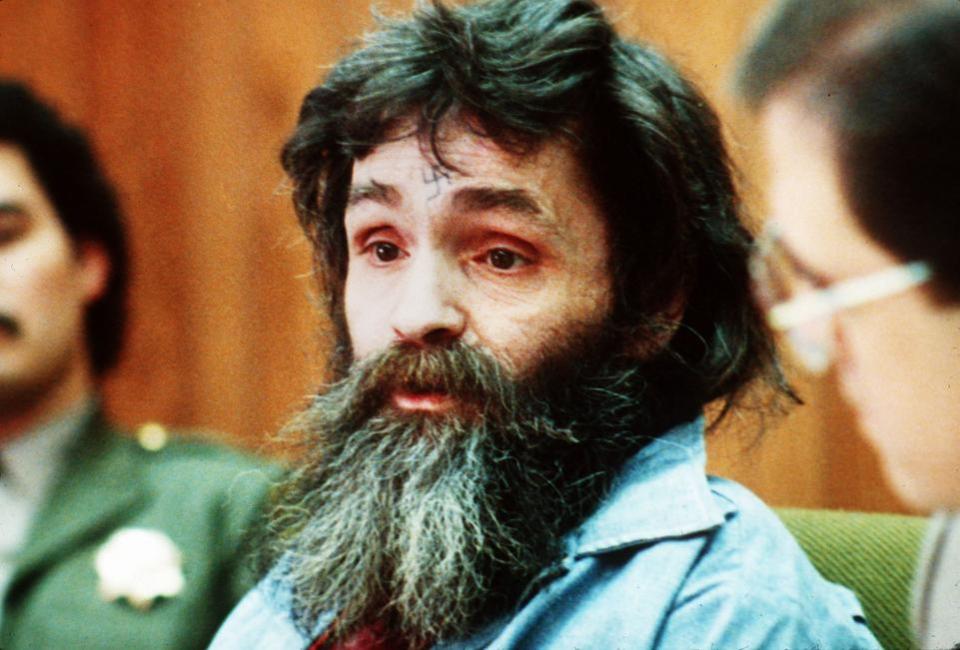
Charles Manson
Charles Manson is perhaps the most infamous murderer and former cult leader in American history, having killed numerous women and forcing his followers, the Manson Family, to kill dozens more. In Mindhunter, Manson has already been arrested and is mentioned by the detectives in early episodes.
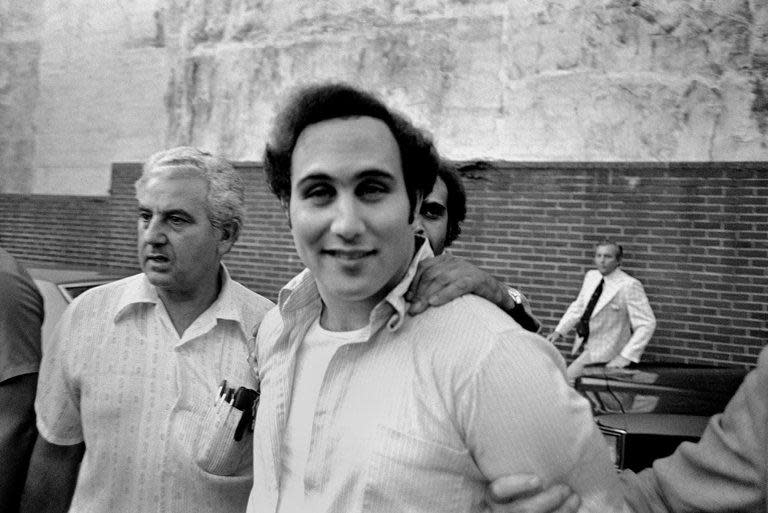
David Berkowitz, aka the Son of Sam
Like Manson, Berkowitz has already been arrested by the time Mindhunter opens. Tench and some other detectives make off-hand comments about the fact that Berkowitz blamed his murders on his neighbor's dog, which he believed was possessed by a demon. When Berkowitz was arrested, criminal profiling hadn't caught up to men like him, who killed habitually, enjoying the violence and thrill of it.
Berkowitz's crimes, murdering six people at gunpoint and wounding seven others in New York City, earned him infamy to the point where his name appeared on national newspapers for months. In fact, American culture was so irreparably changed by the Son of Sam that New York State passed what's now known as the "Son of Sam" law, decreeing that no criminal should be able to profit off the fame he recevies from his crimes. In 1987, Berkowitz told the media he had converted to Evangelical Christianity. He was up for parole in 2016, and was told he would likely never be let out of prison.
Vaughn Greenwood, aka the Skidrow Slasher
Greenwood is only mentioned in passing on Mindhunter, when Ford and Tench are discussing their upcoming travel plans, to interview convincted serial killers across the nation. Greenwood was convicted in the mid-1970s for slashing the throats of nine homeless people as they slept in alleyways, though he was ultimately suspected of killing 13. Vaughan sprinkled his victims with salt and collected their blood in cups, which he placed near their corpses. He was apprehended with the help of a team of psychiatrists who attempted to profile him, though their research didn't go as far as the work of Douglas and Olshaker.
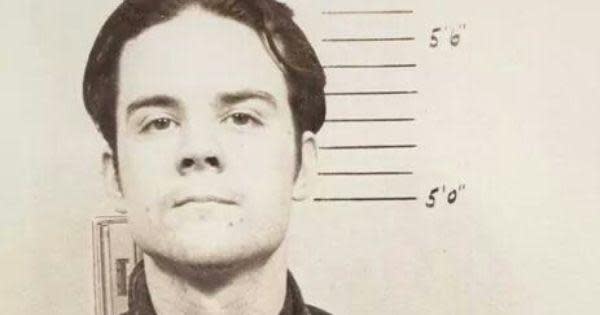
Herbert Mullin
Ford mentions Mullin during a scene in Mindhunter episode 2, when he's trying to entice Tench to meet various killers with him for interviews. The real Mullin, who was diagnosed with paranoid schizophrenia while imprisoned, killed 13 people, including a 4-year-old and a 9-year-old, in early 1970s California. He believed he was preventing earthquakes by sacrificing others' lives.
Mullin was a rare case in the taxonomy of serial killers, as he was beloved by his peers, and voted "Most Likely to Succeed" in high school. Schizophrenia and related hallucinations overtook him during his senior year of high school, and FBI agent Robert Ressler later said he believed Mullin's use of LSD and speed eroded his mind to the point where he became violent.
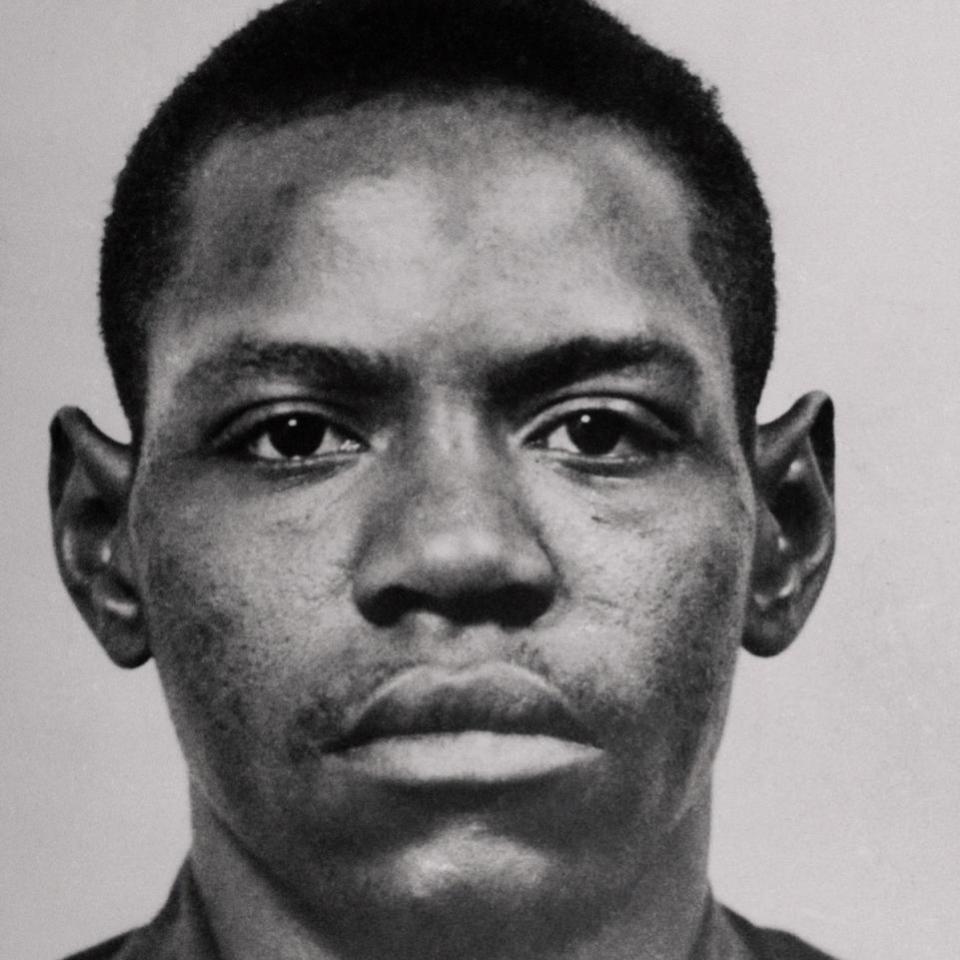
Posteal Laskey Jr., aka the Cincinatti Strangler
Ford and Tench briefly discuss Laskey without meaning his ethnicity; as a black man, he would have thrown a monkey wrench into the psychiatric profile the agents were developing. In 1956 and 1966, cab driver Laskey raped and then strangled to death seven elderly women in Cincinnati. Laskey died in prison in 2007.
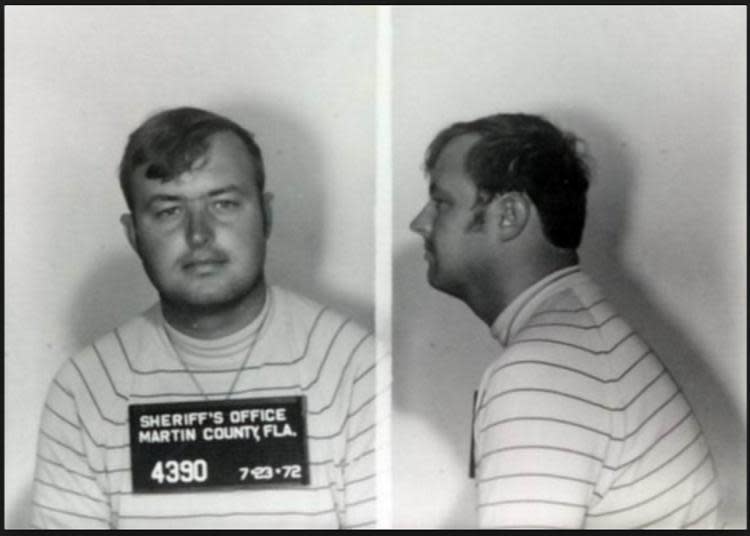
Gerard John Schaefer
In Mindhunter, Ford mentions Schaefer with a note of almost-admiration in his voice, telling Tench during a discussion of possible criminal profiles that he killed more than 30 women. Schaefer was arrested for the murder of two young women, though he gleefully told the press and the police that he had murdered more than 28 more. In 1995, Schaefer was stabbed to death in his own cell, assumedly by his cellmate.
Mindhunter Season 1 is available to stream on Netflix. The crime drama has already been renewed for season 2.
Related Articles


